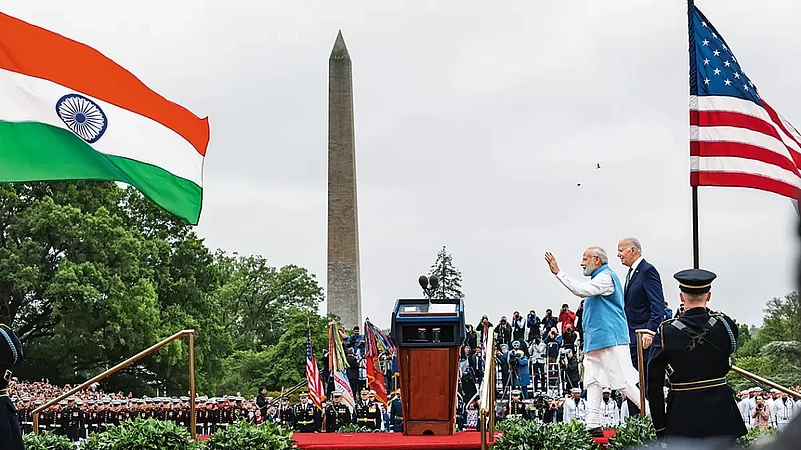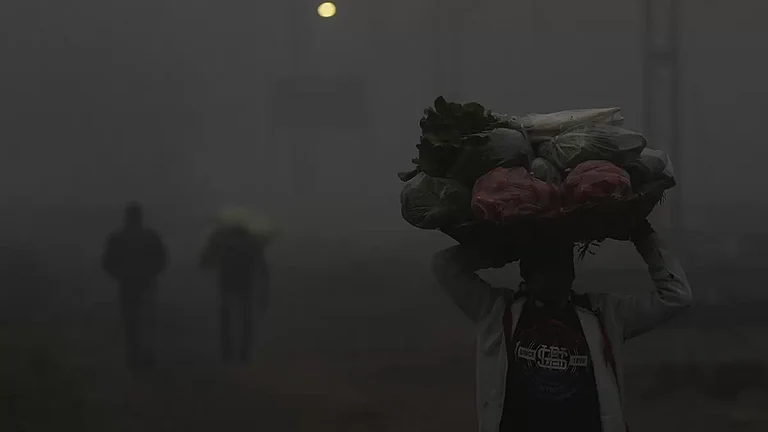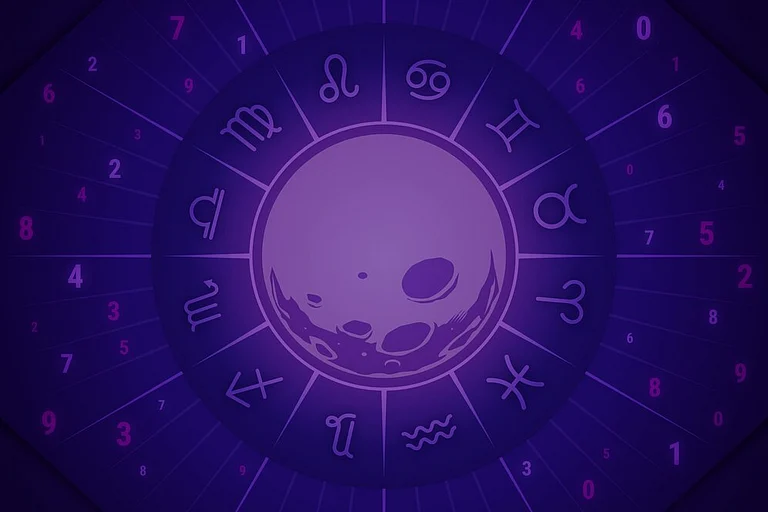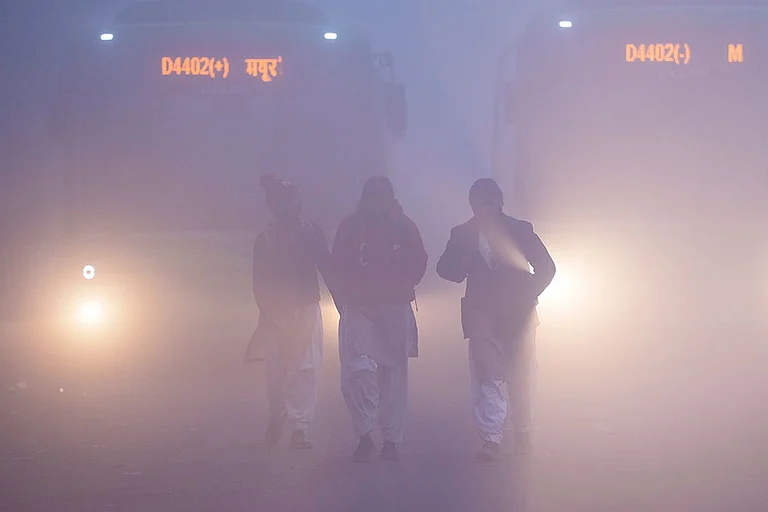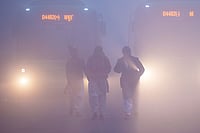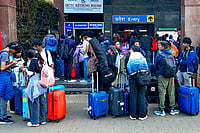Prime Minister Narendra Modi’s first state visit to the US was all that it was slated to be and went beyond the pomp and pageantry and the flattery to deliver what New Delhi had long sought from successive American presidents. For India, the transfer of critical American technology is at the heart of what President Joe Biden dubbed as the most defining relationship of the 21st century. It has the potential for India to leapfrog into the big league. Biden’s decision to share US state-of-the-art technology with a partner that is not a close military ally of the US could, in time, prove to be a game changer in the power politics of international diplomacy. Yet details of the agreements are not known and the devil may be in the detail.
“The visit was great on pomp and spectacle and also on substance. The long joint statement showed an attention to detail in every sphere of the partnership that is normally rare to find in such statements. Normally State visits are opportunities for leaders to push their administrations to show some deliverables, but here, the deliverables were already in action. It shows not just the strength, but also the level of trust between the two countries,” says Aparna Pande of the Washington-based Hudson Institute.
Biden’s leap of faith on India is being driven by the evolving international situation; the war in Ukraine; the desire to break India’s traditional military dependence on Russia; and, fears of a rising China ready to challenge USA’s big power status in a couple of decades. India’s strategic interests on China coincide with the US and it is this view that is driving New Delhi’s decision to join the Quad. India and America share similar views on China’s rise, more so since the Ladakh military confrontation of 2020 and Doklam in 2017 was a signal that Xi Jinping’s China was bent on asserting its claim to large tracts of India’s territory.
India needs to modernise its defense forces to match China’s growing military strength and Washington is ready to help ensure that. Neither India nor the US wants China to be the single dominant power and call the shots in Asia. Though the US has a close military ally in Japan, India’s size and population makes it a better fit to counter China’s growing clout in Asia. Since the disruption of supply chains following the pandemic lockdown, the world is looking for alternate supply lines, and the US and India are working together on this critical matter.
It is ironic that the US—which once helped China’s rise to counter the former Soviet Union and helped in its unprecedented growth to become the second most important country in the world—is now hoping to use India to counter China. It is now India’s turn to be feted by the US. When the US favours a particular nation, its allies in the West tend to do the same. The US did some heavy lifting to get the Nuclear Suppliers Group to grant India-specific exemptions in September 2008. As India had refused to sign the Nuclear Non-Proliferation Treaty (NPT), getting members to back the deal would have been impossible without the Bush Administration pushing countries to come on board.
The joint statement released after official talks between Modi and Biden gives a glimpse of the all-comprehensive and ambitious broad sweep of bilateral ties. It “affirmed a vision of India and the United States as among the closest partners in the world—a partnership of democracies looking into the 21st century with hope, ambition, and confidence”.
Democracy as opposed to autocracy is being celebrated in the India-US partnership. Biden has been criticised by the liberal press in the US for laying out the red-carpet for Modi who has presided over India’s democratic backslide during his nine years in office. They have reminded Biden of his promise when taking office of upholding liberal values and human rights. While human rights were discussed, geopolitical considerations ensured that it did not take centre stage. About 70 Democratic Congress members had signed a letter urging Biden to address human rights issues during the bilateral talks. Modi, in a rare press appearance with Biden, was asked about press freedom and the condition of minorities in India. Modi pushed back by saying democracy is in India’s DNA and every Indian citizen is equal to him and his government. The BJP and most Indians back home and the Indian diaspora celebrated the Biden administration’s enthusiastic endorsement of Modi. But there were also protests from Indian Americans in both New York and Washington. A coalition of organisations, including Hindus for Human Rights and Indian American Muslim Council registered their concern that India’s democracy is in serious danger as political and media repression by PM Modi’s government has intensified, and sectarian violence against Muslims and Christians is on the rise, with at least implicit governmental encouragement.
“Essentially, the Biden White House has assessed that Modi is going to succeed himself in 2024 and hence it is in America’s national interest to praise him and work through him to advance America’s interests. All told, Biden has resorted to the tactic of endless praise and Modi seems to have enjoyed it without giving away much in return till now,” says retired Ambassador K P Fabian.
Yet if all the things promised in the joint statement are implemented and there are no hidden clauses to torpedo them, India would benefit tremendously. On the anvil are a number of big-ticket defense-related items, including production and manufacture of jet engines for the military. America’s GE has signed an agreement with Hindustan Aeronautics for the transfer of technology for the production of F 414 jet
engines in India. This is a big deal as only a clutch of nations have the capability to manufacture jet engines for military use.
India will also acquire MQ-9B Sea Guardian drones from US-based General Atomics. This advanced technology will increase India’s intelligence surveillance and reconnaissance capabilities. The deal to purchase 31 drones from General Atomics is likely to cost around $3 billion. American drones are among the highest priced in the world. Countries like Iran produce them at half the cost.
The US Navy has also signed an agreement with India’s Larsen and Toubro Shipyard in Chennai, and is finalising another one with Mazagon Dock Limited and Goa Shipyard Company, for American navy ships to undergo service and repair in India. With future long-term defence agreements on the agenda, negotiations for a security supply arrangement and reciprocal defence procurement that will enable the supply of defence goods in case of a sudden disruption of supply chains is on the anvil. Everything appears to be on the table.
Trade and investments, green energy, essential critical minerals, semiconductor supply chain, health, space, education, and easier visas for Indians wanting to work or study in the US, in every sphere there is co-operation. Micron Technology Inc, of the US, is set to invest around $825 million to build a new semiconductor assembly and test facility in Gujarat. The Indian government will also invest in the project. Major US investors, including Microsoft’s CEO Sundar Pichai and Amazon’s Andy Jassy have also committed to invest in India.
Modi’s state visit has been a win-win for India, with New Delhi giving little away, not even on Russia. There has been much talk of the defence deal and whether India will join US forces in case of an unlikely war with China over Taiwan. The US is not looking for that, after all India and US are not military allies. An economically and militarily strong India will ensure that China is not the sole power in Asia.







